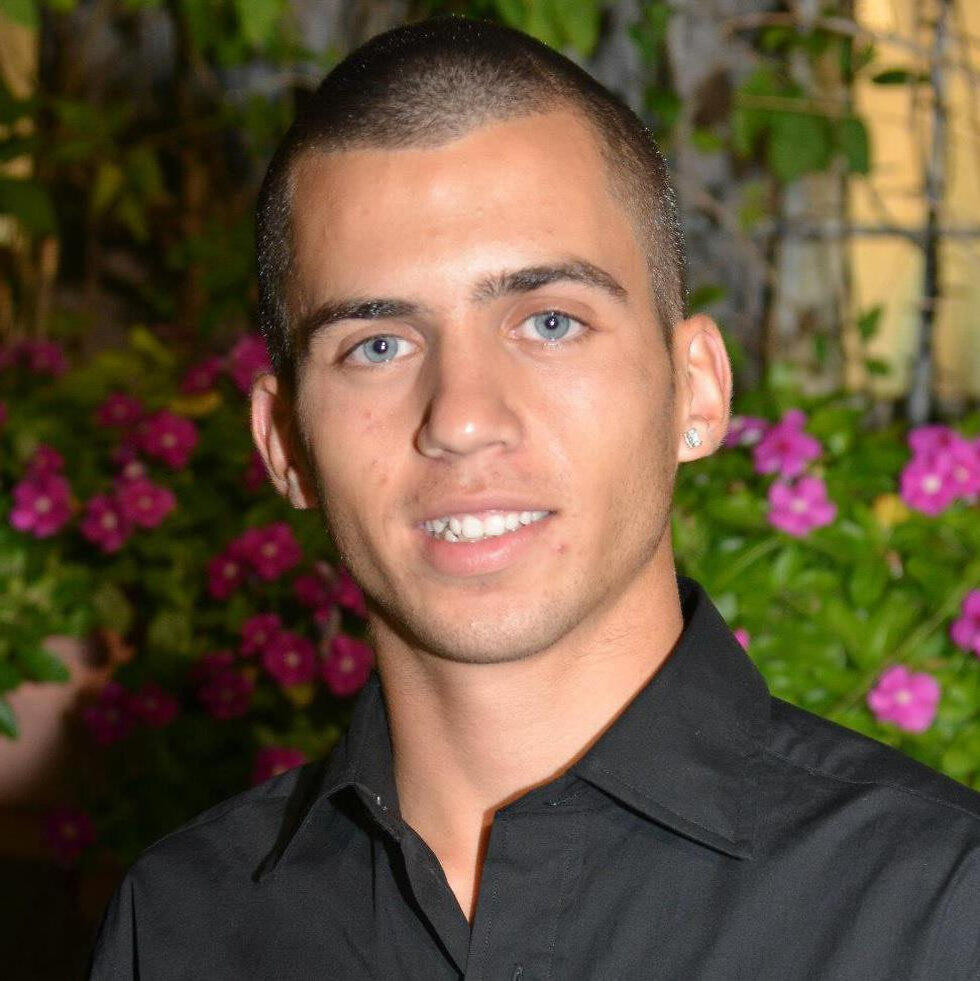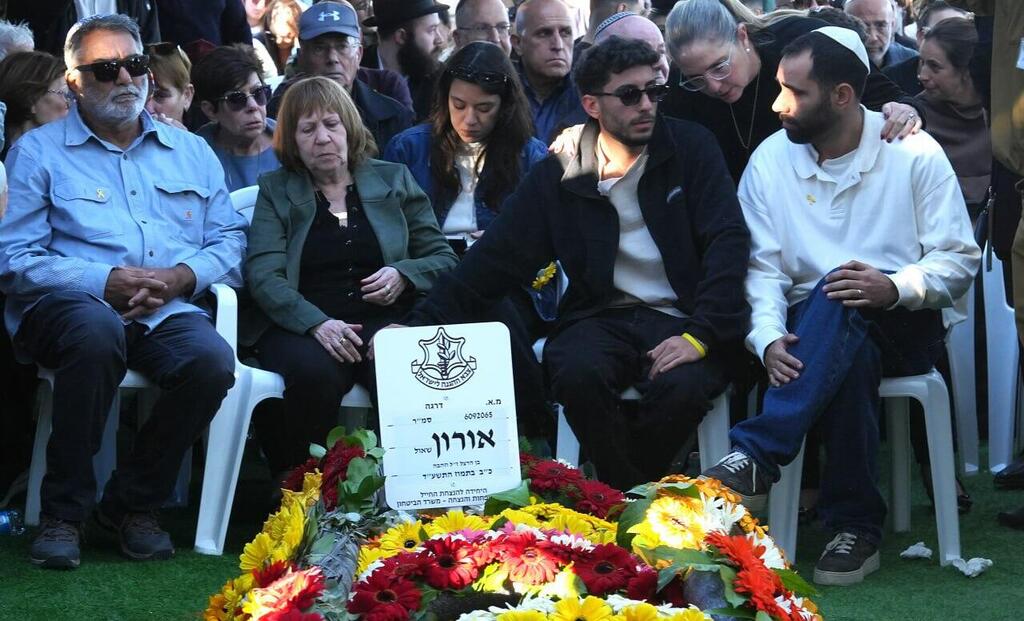In January, the Shin Bet and IDF faced a nerve-wracking dilemma after receiving precise intelligence on the location of Staff Sgt. Oron Shaul’s remains. The Golani Brigade soldier was killed in the 2014 Gaza war, and Hamas had held his body ever since.
On one hand, this was a rare opportunity to bring him home for burial, offering solace to his grieving family. On the other, a cease-fire was about to take effect alongside the release of three hostages. A failed recovery could jeopardize international mediation, reignite fighting and endanger other captives.
In a joint decision, the Shin Bet and Southern Command authorized a two-phase mission. The first, within classified limits, aimed to establish optimal conditions for extraction deep inside Gaza. Special forces, infantry and armored units participated, with secrecy so tight that many support troops were unaware of the operation’s true objective.
The second phase—the actual recovery—took place more than 24 hours later, in the overnight hours between Saturday and Sunday, just before the cease-fire began. The rescue team, made up of Shin Bet operatives and Shayetet 13 commandos, faced a daunting challenge: Shaul’s body was not buried but left above ground near civilian areas, increasing the risk.
Hours before reaching the site, an IDF tank providing security detected a suspected terrorist. Tracking him led to the discovery of three more Hamas operatives near Shaul’s remains. Another dilemma arose: attacking could alert Hamas and bring reinforcements, while ignoring the threat could endanger the rescuers. After careful deliberation, the Air Force was called in, eliminating all four terrorists. The IDF held its breath, hoping the strike hadn’t compromised the mission.
IDF recovers Oron Shaul’s body, held in Gaza since the 2014 war
(Video: IDF)
Maj. (res.) D., an operations officer in the 188th Brigade and one of the planners, monitored the mission from the command center—unaware of its exact target until it began. “The intelligence came in during combat. I assume the urgency of the cease-fire led to mistakes that provided this intelligence,” he told Ynet.
“The most tense moments were before reaching the body. We didn’t know if there would be terrorists in the building or even if the body was really there. We had no certainty about its condition or how many people would be needed to retrieve it. It was all unknown until the full picture became clear—from the moment of recovery to securing the evacuation point. In our command center, there was total silence—everyone was glued to the screen.”
Get the Ynetnews app on your smartphone: Google Play: https://bit.ly/4eJ37pE | Apple App Store: https://bit.ly/3ZL7iNv
By Sunday morning, a sigh of relief echoed from Southern Command to IDF headquarters in Tel Aviv. The mission was executed without casualties, Shaul’s body was successfully recovered and after identification in Israel, his family was finally notified—10.5 years after his capture.
“We knew we had done something significant—we brought him home,” D. said. “This was a peak moment for all of us, after everything we had been through.”
S., a Shin Bet official involved in the operation, described the intelligence effort behind it. “Since the war began, we processed an enormous amount of intelligence and interrogated detainees. A key part of our job was simply organizing all that information—piecing together a complex puzzle. In the end, all the effort was worth it.”
A decade of uncertainty
Oron Shaul, 21, from Poria, was killed between July 19 and 20, 2014, about two weeks into Operation Protective Edge. He was part of a Golani unit inside an armored personnel carrier (APC) hit by Hamas anti-tank fire in Shijaiyah.
The bodies of six of his comrades were recovered and declared dead two days later. Hamas claimed Shaul was captured, and he was initially classified as missing in action. Only on July 25 did the IDF officially determine, based on battlefield evidence, that he had been killed, designating him a fallen soldier whose burial place was unknown.
Before that, his family first learned about the incident through a WhatsApp message. The 2014 war was Israel’s first major military campaign in the smartphone era, where real-time information spread rapidly—often with tragic accuracy.
3 View gallery


Oron Shaul's brother Aviram calling for all hostages to be returned
(Photo: Poliana Fotimer)
That was how Oron’s brother, Aviram Shaul, first saw the message titled “APC Incident with Casualties.”
For a decade, the Shaul family fought to bring him home. At one point, his mother Zahava and his brothers Aviram and Ofek petitioned the Supreme Court, alleging the IDF was withholding information and demanding access to documents about Oron’s fate. Their request was denied. His father, Herzl Shaul, passed away in 2016 without witnessing the mission’s conclusion.
Only after Hamas’ October 7 attack did the IDF formally reclassify Oron Shaul as a "captured fallen soldier."
“The IDF finally admitted how absurd it was to say ‘burial place unknown,’” Aviram told Ynet. “For years, we fought to change that designation. We even went to the Supreme Court and lost. To me, it was hypocrisy. The only thing that changed was that now there were more fallen soldiers held by Hamas.
"But Oron had clearly been taken—his vest and helmet were found in a tunnel in Gaza. There was no escaping the truth. The IDF’s refusal to acknowledge it was inexplicable.”





